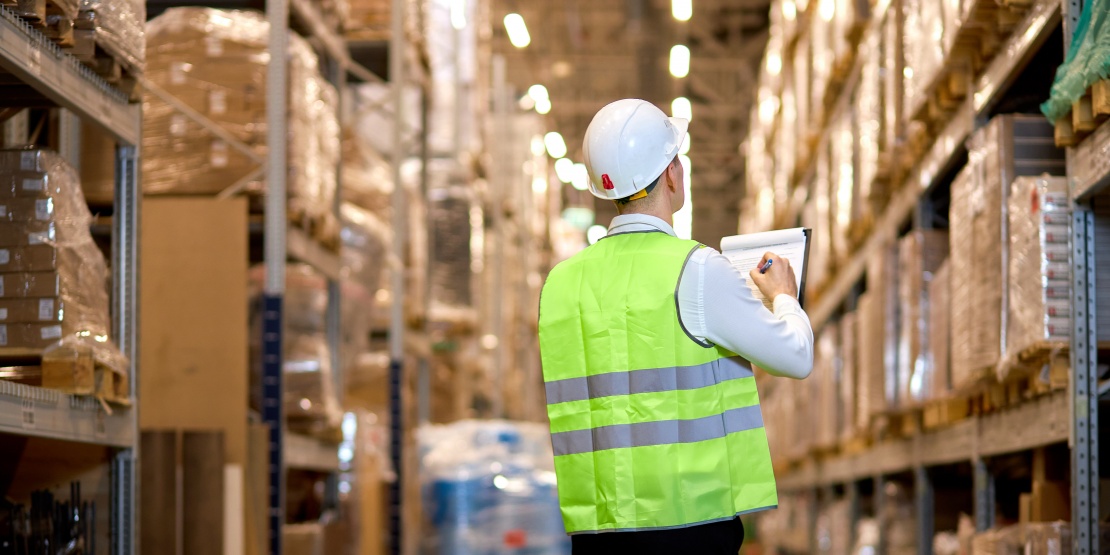In the age of the climate crisis, decarbonising the global economy is emerging as a major imperative for economic players. This approach, focused on reducing greenhouse gas emissions, has become an essential pillar for creating a sustainable supply chain. It is a strategic choice, both environmentally and economically, to shape a future where corporate prosperity goes hand in hand with fighting climate change.
Understanding decarbonisation
By definition, decarbonisation refers to all the techniques and measures that aim to reduce the carbon footprint, in other words, greenhouse gas emissions, of an entity. Decarbonisation is talked about globally, in countries, in industries, but also in companies.
This approach has a key objective: Limiting the impact on the climate. Let’s not forget that greenhouse gas emissions (such as carbon dioxide or methane) are responsible for climate change, one of the major environmental issues of our century.
To achieve carbon neutrality, it is essential to decarbonise economies and it is becoming urgent. This pressure echoes the binding objective set by the Paris Agreement, which is to limit global warming to well below 2° C (ideally 1.5 °C) compared to pre-industrial levels, by achieving carbon neutrality by mid-century.
The latest report from the International Energy Agency (IEA) estimates that developed countries need to accelerate their ambitions in this area. For the European Union, for example, this means bringing forward the deadline by 5 years (from 2050 to 2045)!
Decarbonisation: A multi-step process
Decarbonising the supply chain is a huge challenge for companies committed to the ecological transition. This process is not limited to simply reducing carbon emissions; it requires a methodical and structured approach to transform business operations in favour of the environment.
Diagnosing the carbon footprint
First, companies must undertake a thorough assessment of their existing carbon footprint. This involves mapping in detail the sources of emissions throughout the supply chain. This analysis identifies the main greenhouse gas-emitting operations, whether related to transportation or production, for example. This data becomes vital reference points to measure future progress and adjust emission reduction strategies.
Developing a decarbonisation strategy
Based on this overview, companies can develop their decarbonisation strategy. This goes far beyond a simple overall objective of reducing fossil fuel consumption and related greenhouse gas emissions. It includes precise, time-bound and quantifiable objectives, which determine specific reductions to be achieved at each stage of the supply chain. This strategy also integrates clearly defined implementation steps, tailored action plans, and performance indicators to assess the effectiveness of the measures put in place.
Implementing and monitoring decarbonisation actions
Setting up a decarbonisation strategy requires close collaboration with all stakeholders, and particularly with suppliers. It is essential to establish strong partnerships and transparent communication to ensure they commit to this strategy and actively contribute to it. In addition, investing in innovative technologies is crucial.
Decarbonisation levers and technologies
To succeed in their decarbonisation, companies should consume less and better. They need to set ambitious targets while prioritising actions that are easy to implement but remain particularly cost-effective, known as "quick wins".
There are several key levers of decarbonisation:
- Initiating the transition towards renewable energies (solar, wind or hydro energy…) or other low-emission energies (nuclear energy or natural gas);
- Improving energy efficiency (use of more efficient equipment, process optimisation…) as well as energy sobriety (developing remote working, switching off equipment when not in use…);
- Securing natural carbon sinks while developing technologies to capture, store (or reuse) CO2.
Key decarbonisation technologies
Maud Danel-Fédou, a strategy partner specialising in Climate & Decarbonisation at KPMG, explains: "Climate is a transforming issue for all organisations. Once baseline emissions calculations and decarbonisation trajectories are finalised, companies face the challenge of implementing concrete solutions to meet their ambitions. For this purpose, the maturity of decarbonisation technologies and the possibility of deploying them on a large scale are a major asset to achieve energy transition, provided they are tailored to each company’s activity and market."
Several such technologies are under development:
- The use of hydrogen as a fuel or raw material in chemicals, or as a reagent in chemical processes;
- The use of biomass as a fuel or as a raw material;
- Solutions to trap then store (underground) or use carbon.
While these technical solutions are still in their early stages, they will first and foremost need to run on green energy, in other words, from renewable sources.
New technologies at the service of the supply chain
Integrating emerging technologies also plays a crucial role in decarbonising the supply chain by identifying improvement opportunities. These can be real-time greenhouse gas emission tracking systems or tools to optimise routes and reduce distances travelled.
Whether they rely on Artificial Intelligence (AI), the Internet of Things (IoT) or blockchain, these solutions make it possible to monitor and reduce greenhouse gas emissions while optimising operational efficiency.
As you can see, achieving decarbonisation projects is vital, both socially and economically. In light of the latest scientific reports, taking action is becoming even more urgent in order to meet the Paris Agreement roadmap. It is now about supporting companies to prepare for action and reduce their greenhouse gas emissions. In addition to working towards a sustainable supply chain, this promises them a tremendous competitive and economic advantage.









